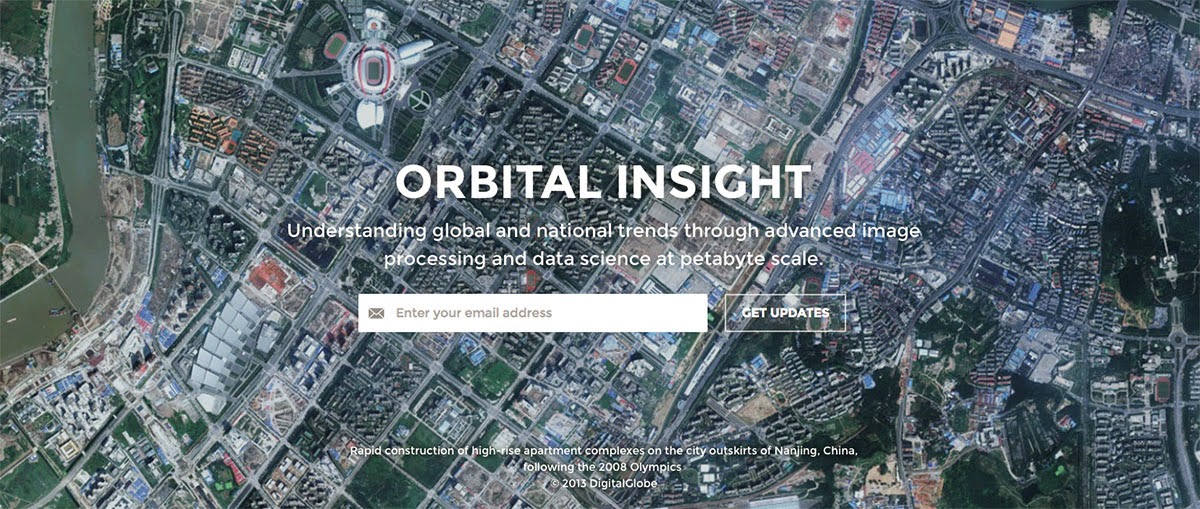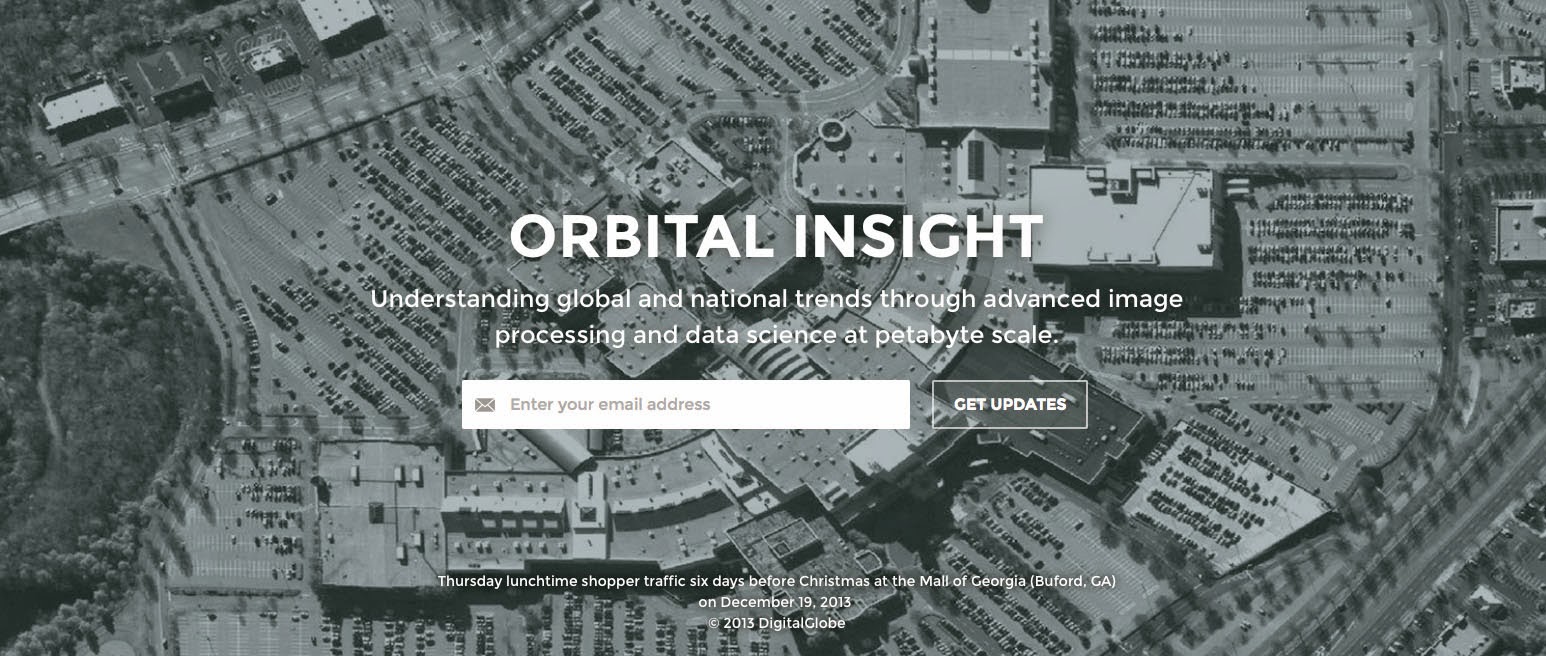 [Image: An otherwise unrelated seed x-ray from the Bulkley Valley Research Centre].
[Image: An otherwise unrelated seed x-ray from the Bulkley Valley Research Centre].
There’s a fascinating Q&A in a recent issue of New Scientist with doctor and genetic researcher Karin Ljubic Fister.
Fister studies “plant-based data storage,” which relies on a combination of artificially modified genes, bacteria, and “infected” tobacco plants.
Comparing genetic programming with binary code, Fister explains that, “First you need a coding system. A computer program is basically a sequence of 0s and 1s, so we transformed this into the four DNA ‘letters’—A, G, C and T—by turning 00 into A, 10 into C, 01 into G and 11 into T. Then we synthesised the resulting DNA sequence. We transferred this artificial DNA into a bacterium and infected the leaf of a tobacco plant with it. The bacterium transfers this artificial DNA into the plant.”
Even better, the resulting “infection” is heritable: “We took a cutting of the infected leaf, planted it, and grew a full tobacco plant from it. This is essentially cloning, so all the leaves of this new plant, and its seeds, contained the ‘Hello World’ program encoded in their DNA.” The plants thus constitute an archive of data.
In fact, Fister points out that “all of the archives in the world could be stored in one box of seeds.” Now put that box of seeds in the Svalbard Global Seed Vault, she suggests, and you could store all the world’s information for thousands of years. Seed drives, not hard drives.
It’s worth reading the Q&A in full, but she really goes for it at the end, pointing out at least two things worth highlighting here.
 [Image: “Higashiyama III” (1989) by Kozo Miyoshi, courtesy University of Arizona Center for Creative Photography; via but does it float].
[Image: “Higashiyama III” (1989) by Kozo Miyoshi, courtesy University of Arizona Center for Creative Photography; via but does it float].
One is that specialized botanical equipment could be used as a technical interface to “read” the data stored in plants. The design possibilities here are mind-boggling—and, in fact, are reminiscent of the Landscape Futures exhibition—and they lead directly to Fister’s final, amazing point, which is that this would, of course, have landscape-scale implications.
After all, you could still actually sow these seeds, populating an entire ecosystem with data plants: archives in the form of forests.
“Imagine walking through a park that is actually a library,” she says, “every plant, flower and shrub full of archived information. You sit down on a bench, touch your handheld DNA reader to a leaf and listen to the Rolling Stones directly from it, or choose a novel or watch a documentary amid the greenery.” Information ecosystems, hiding in plain sight.

 [Image: A screen grab from the homepage of
[Image: A screen grab from the homepage of  [Image: A screen grab from the homepage of
[Image: A screen grab from the homepage of